Developed from the former Daewoo Leganza and built in Korea, the 2004 Suzuki Verona drives into the most hotly-contested sedan category in America. Front-wheel-drive, DOHC inline six, standard automatic, very well equipped and undercutting the competition in price. US $16,499 to $19,499. Warranty: 3 years/36,000 miles total car, 7 years/100,000 miles powertrain.
2004 Suzuki Verona
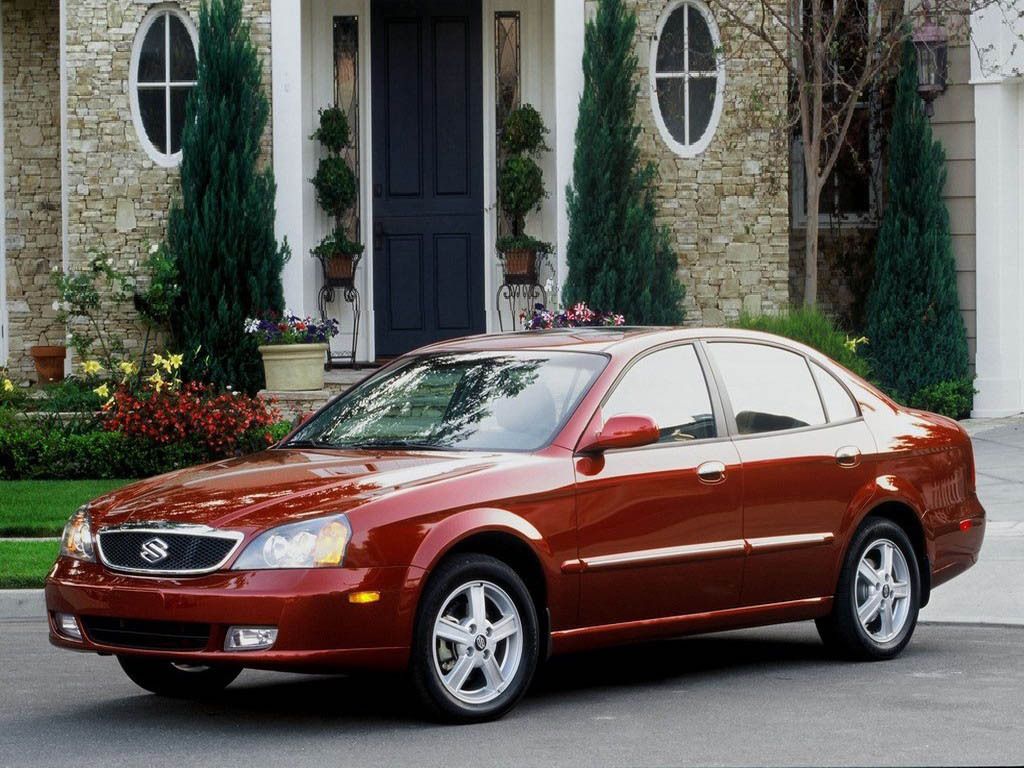

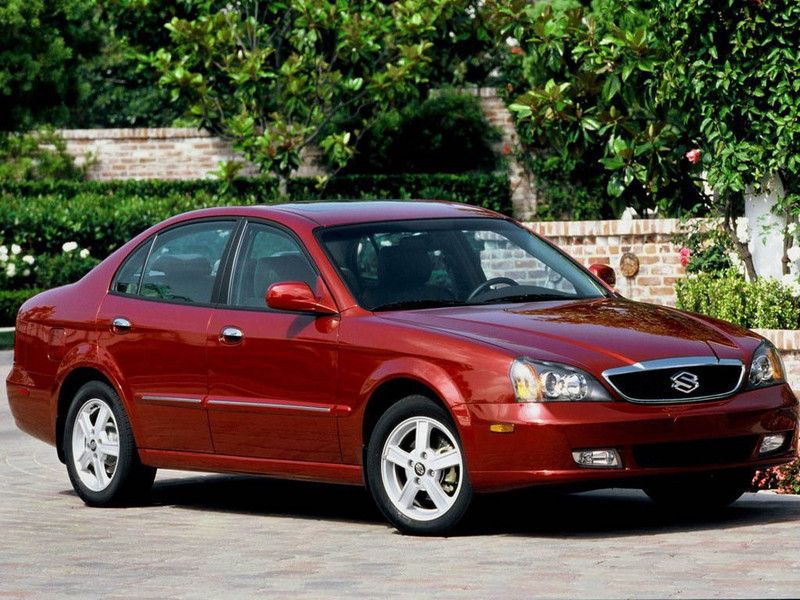
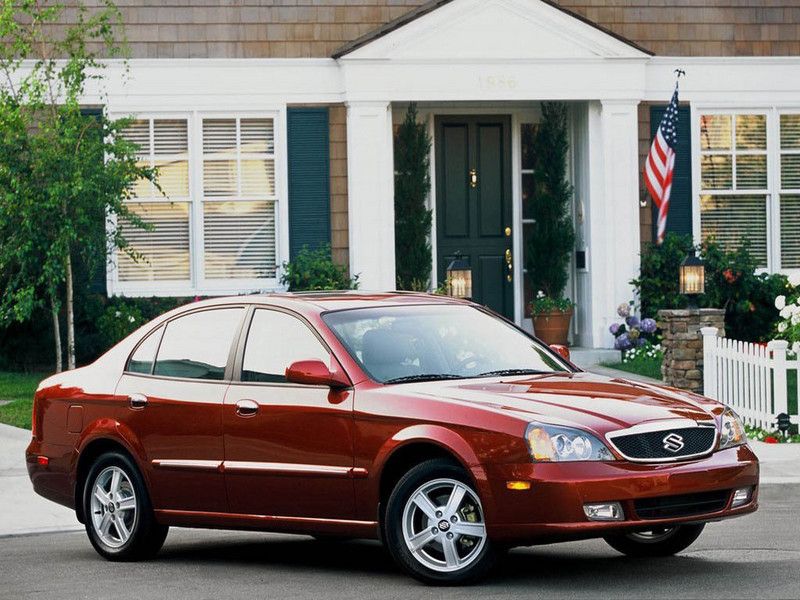
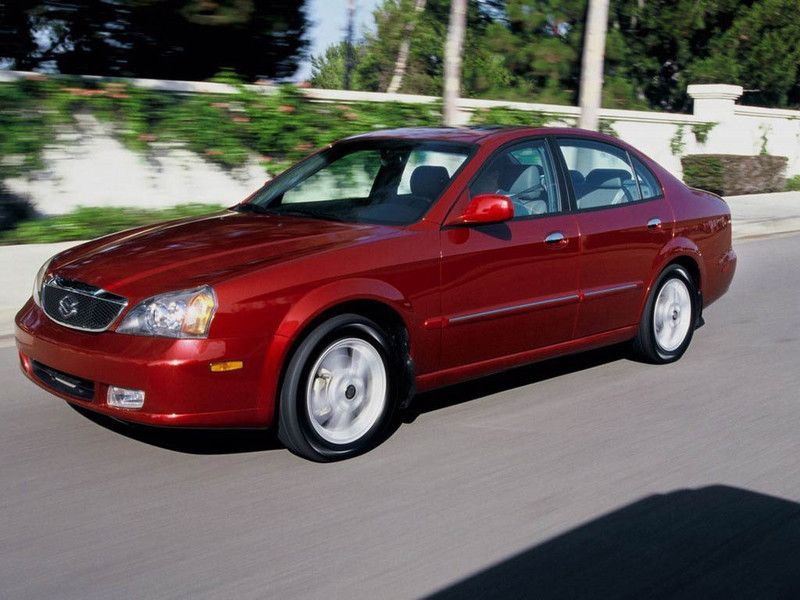
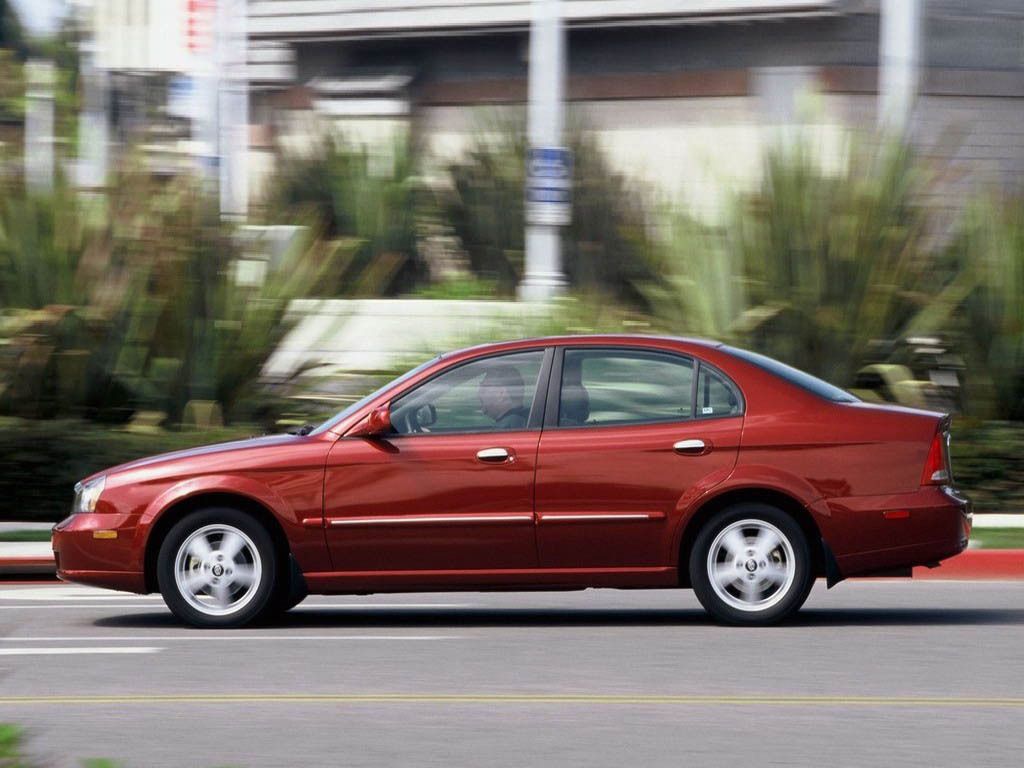
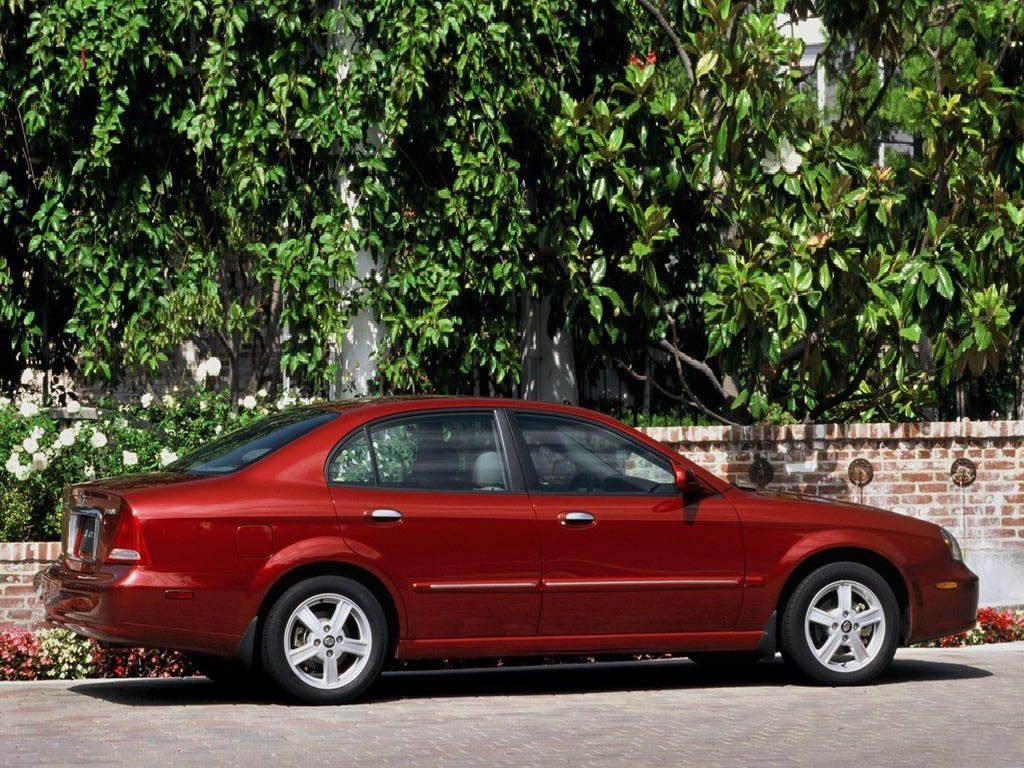
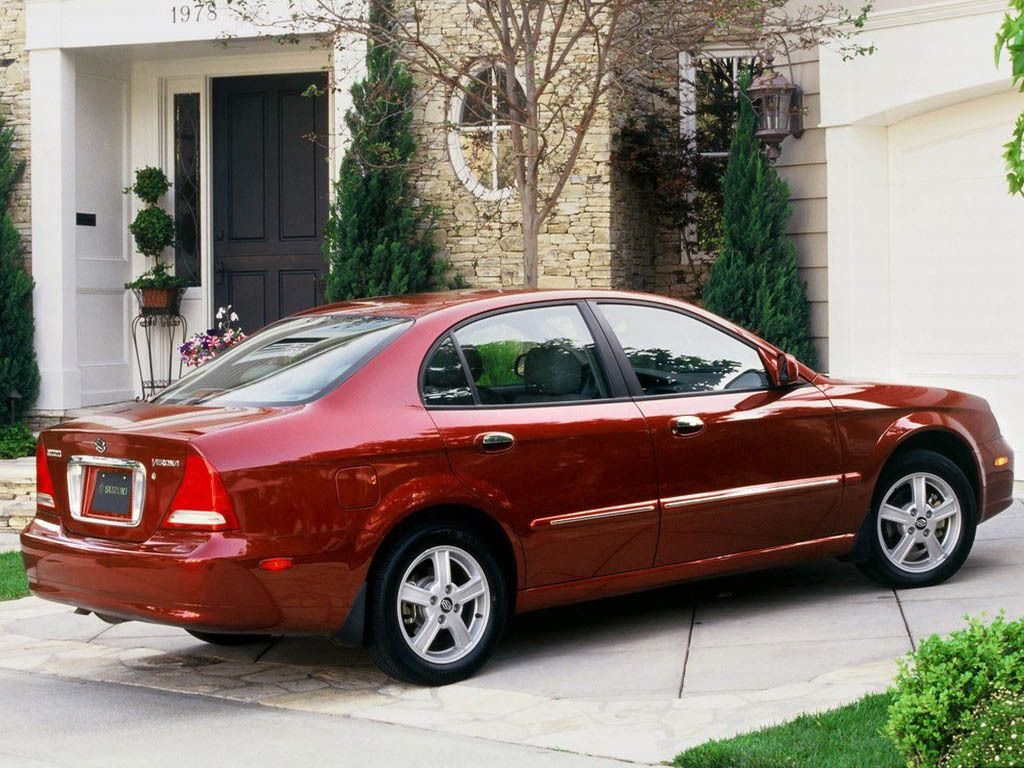
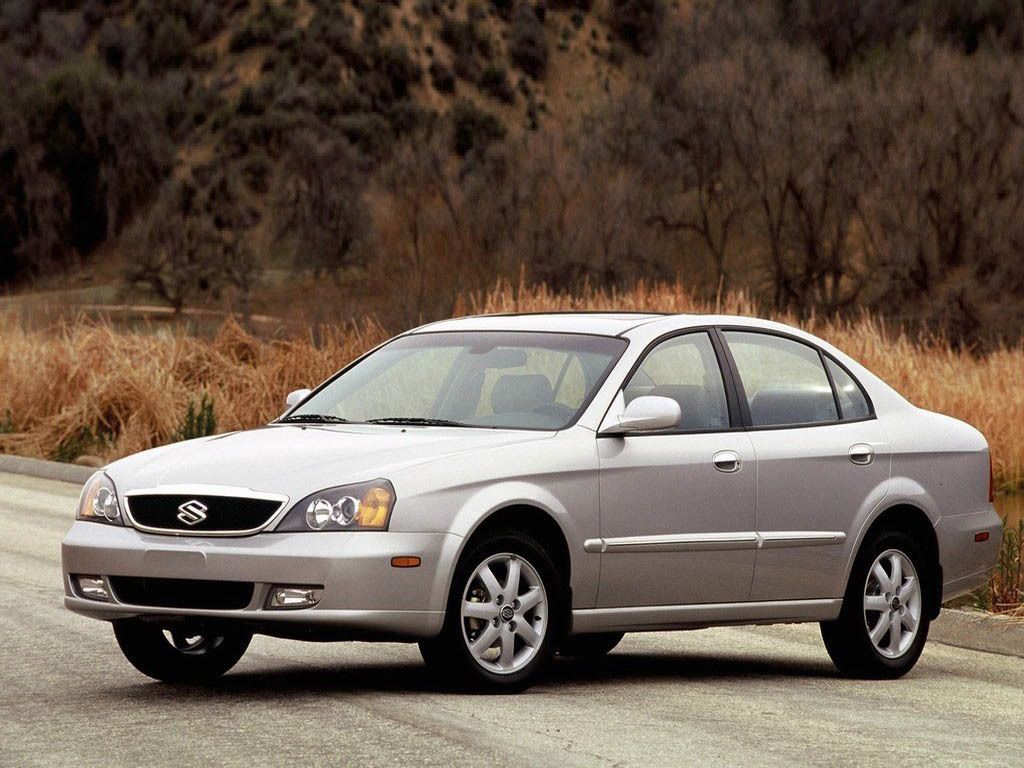
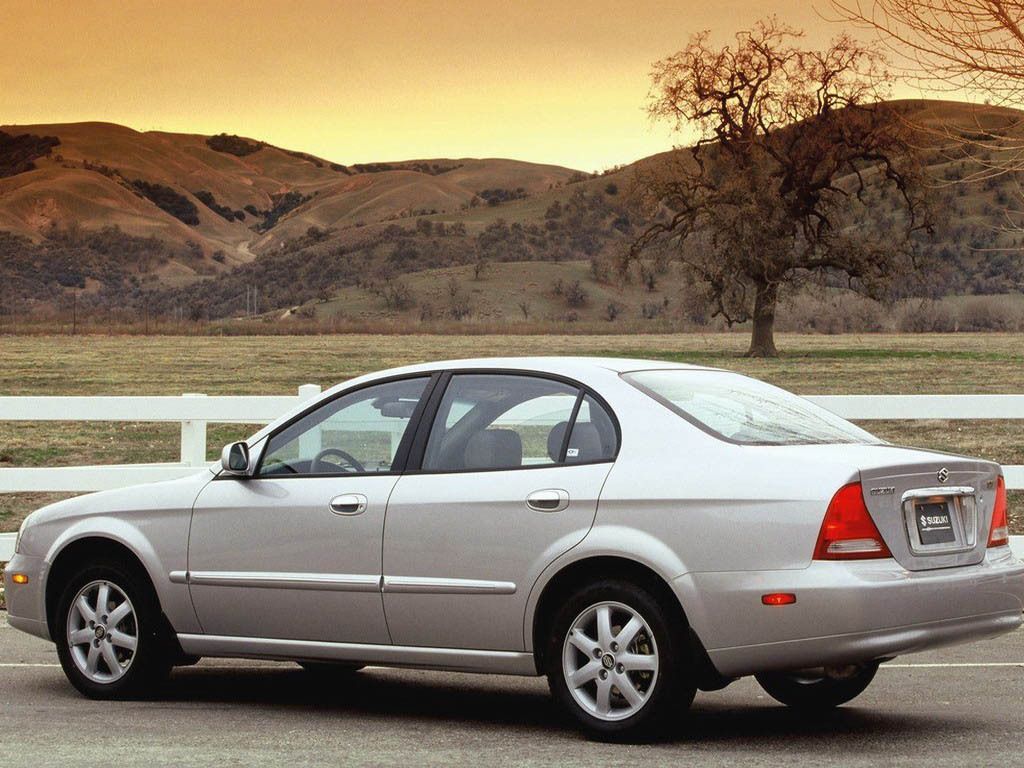
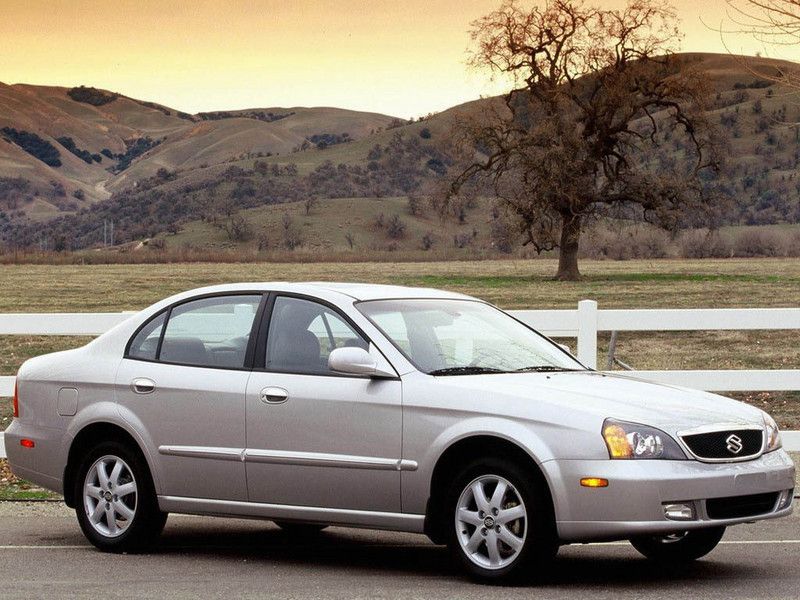
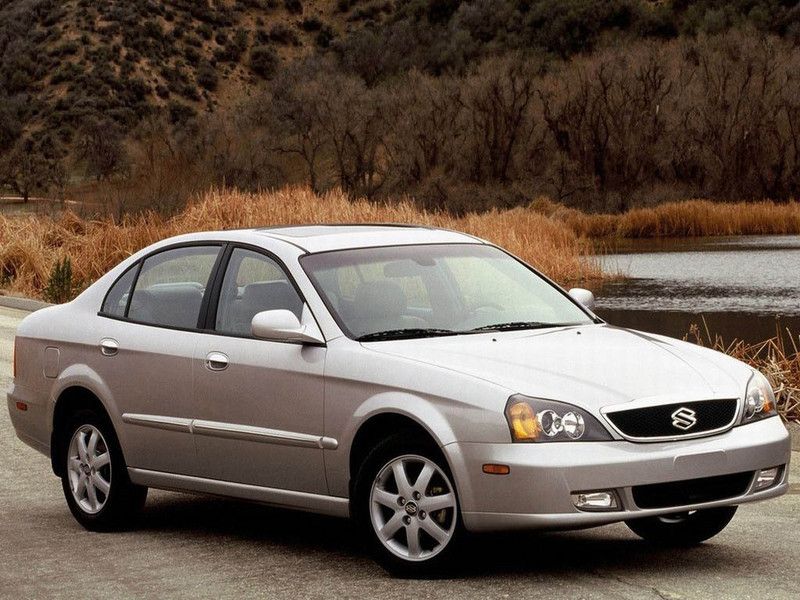
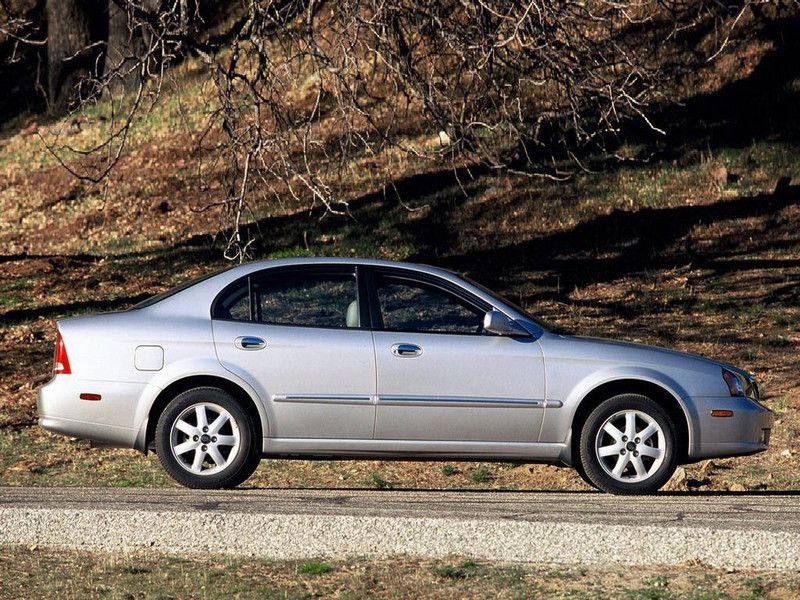
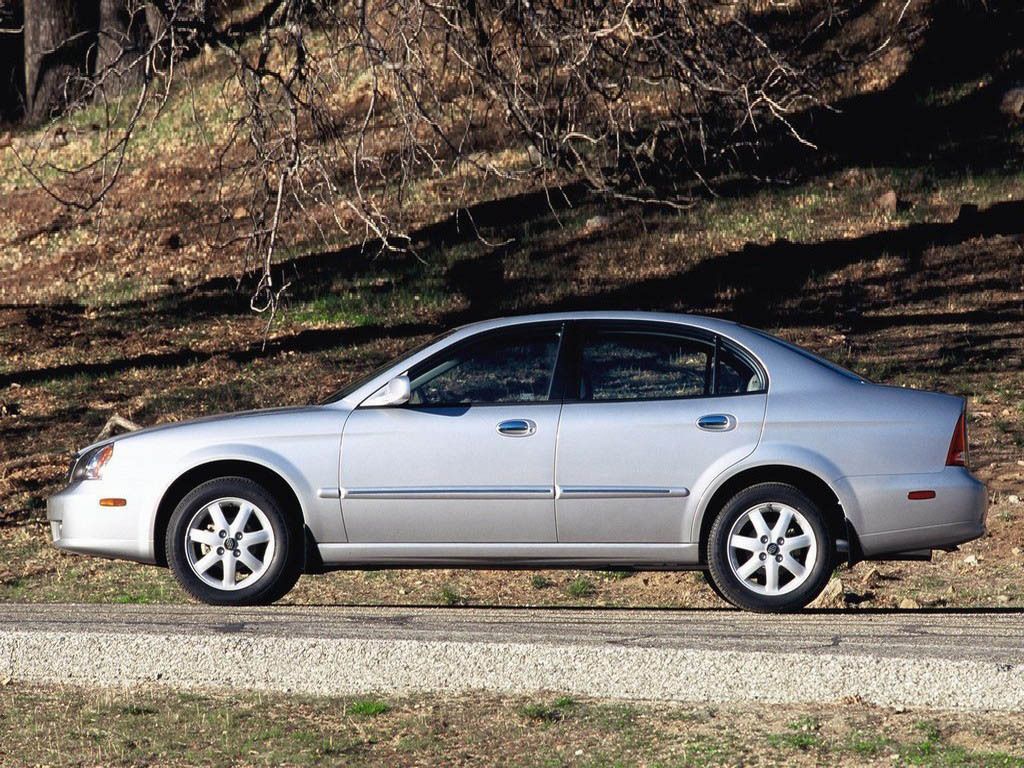
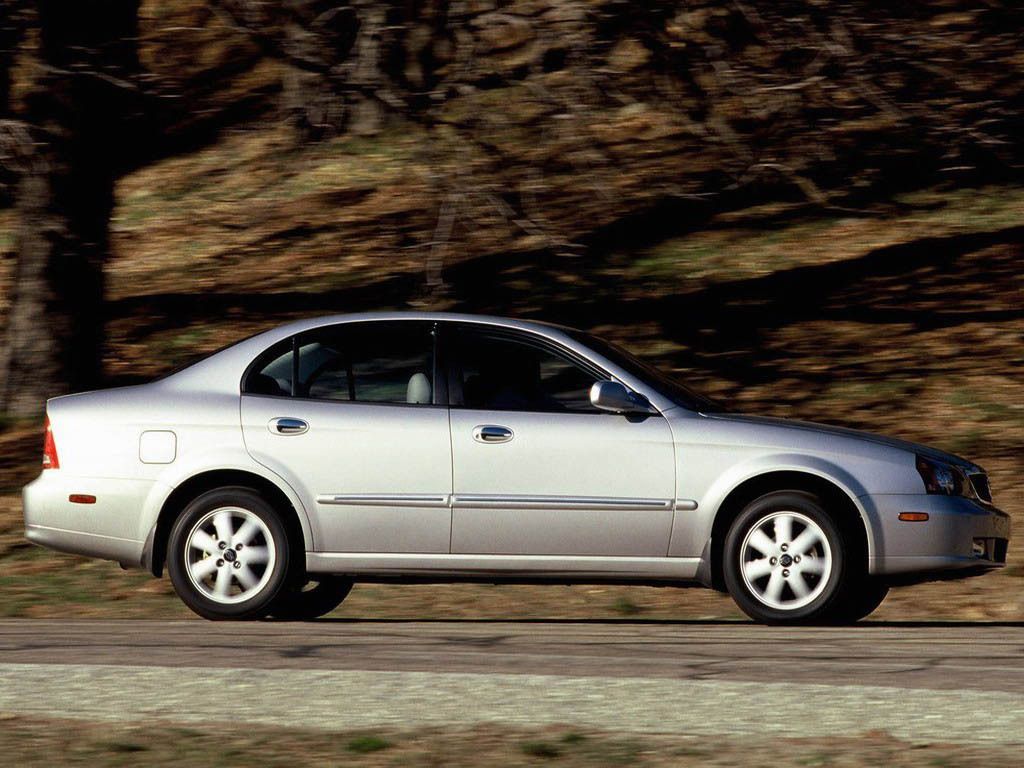
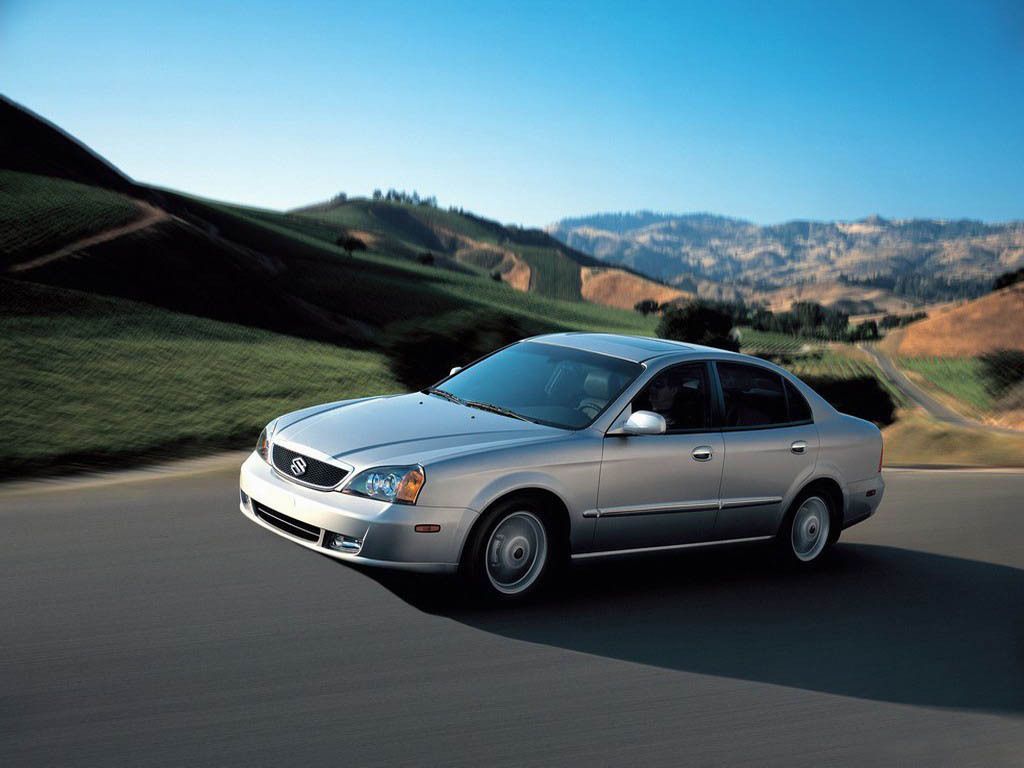
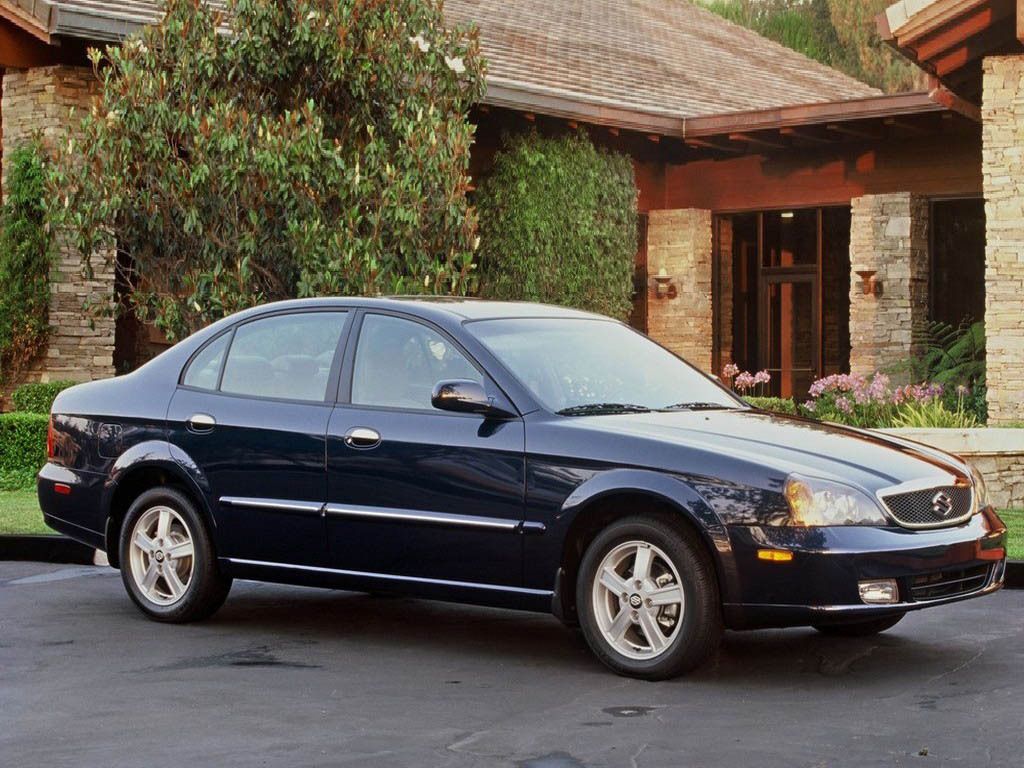
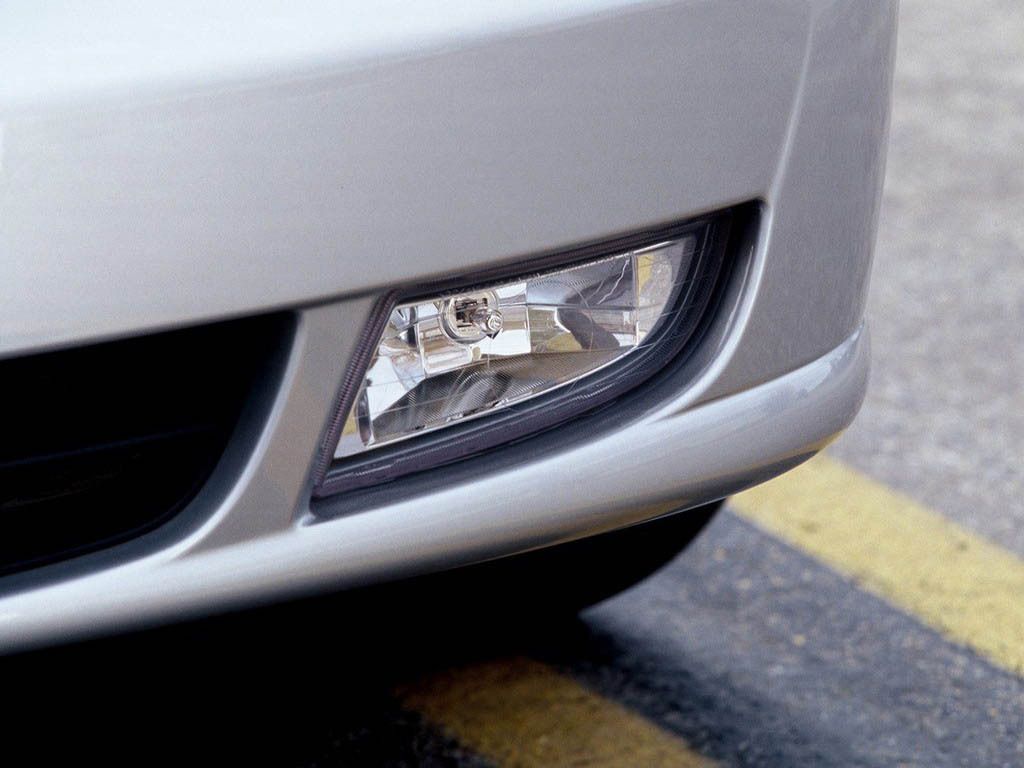
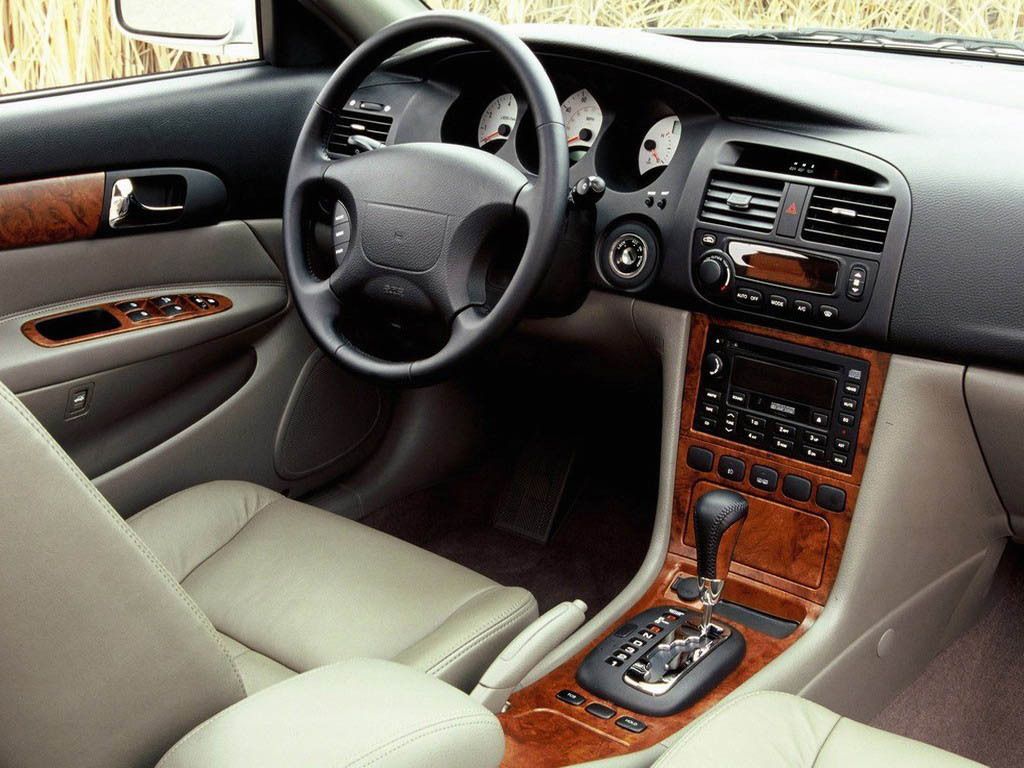
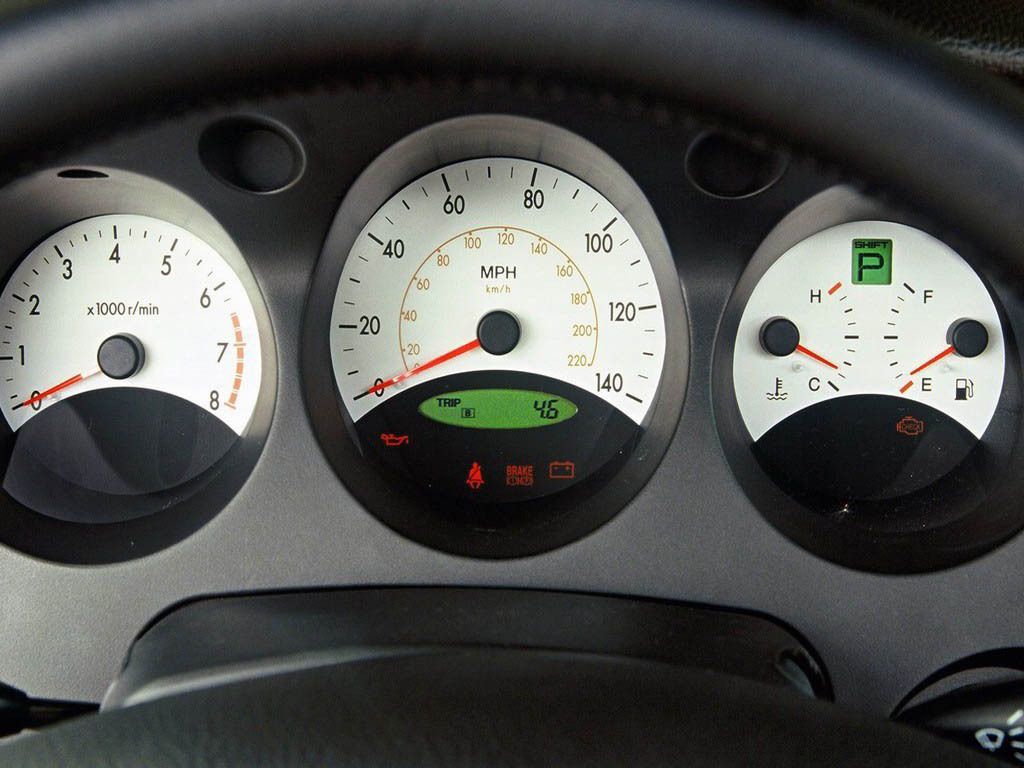
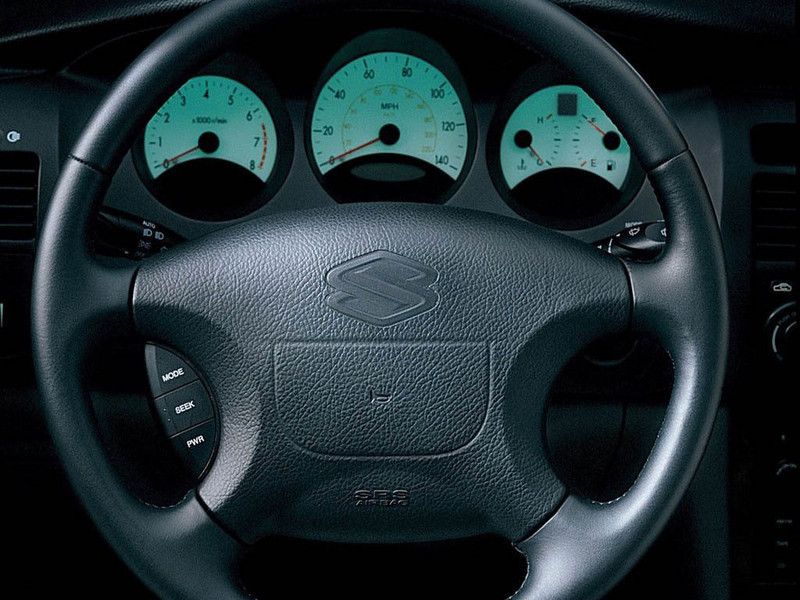
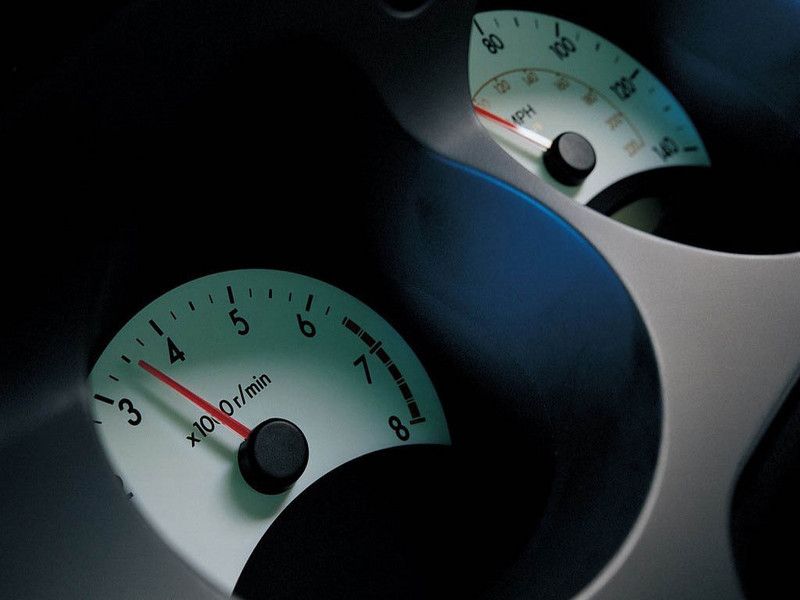
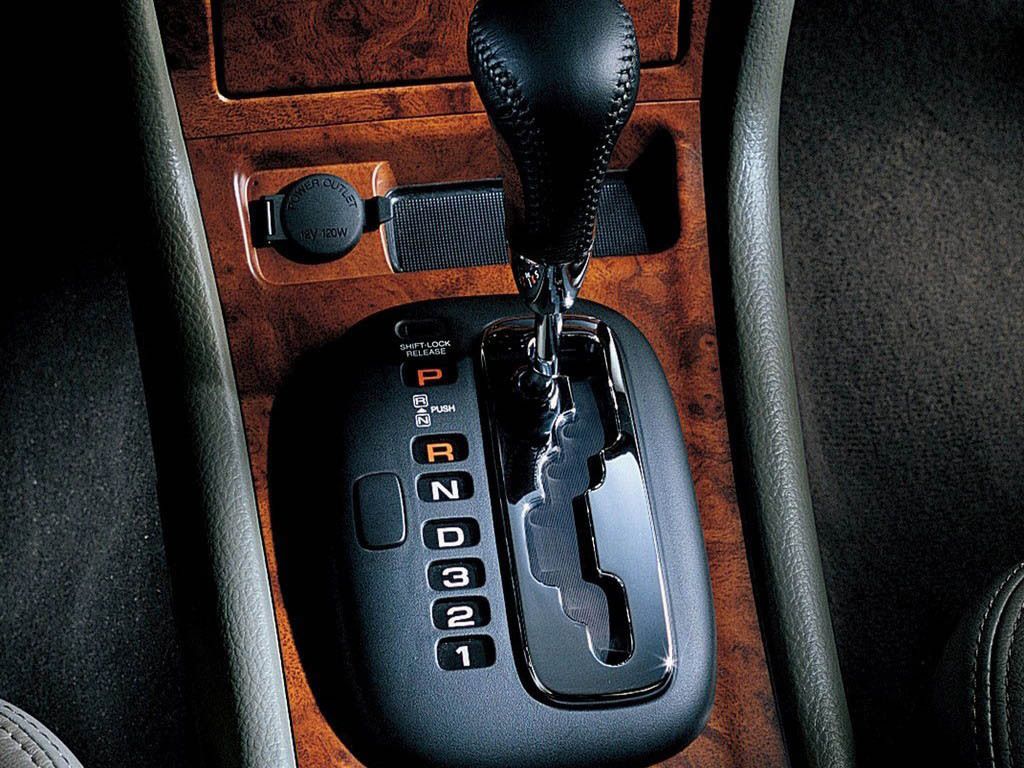
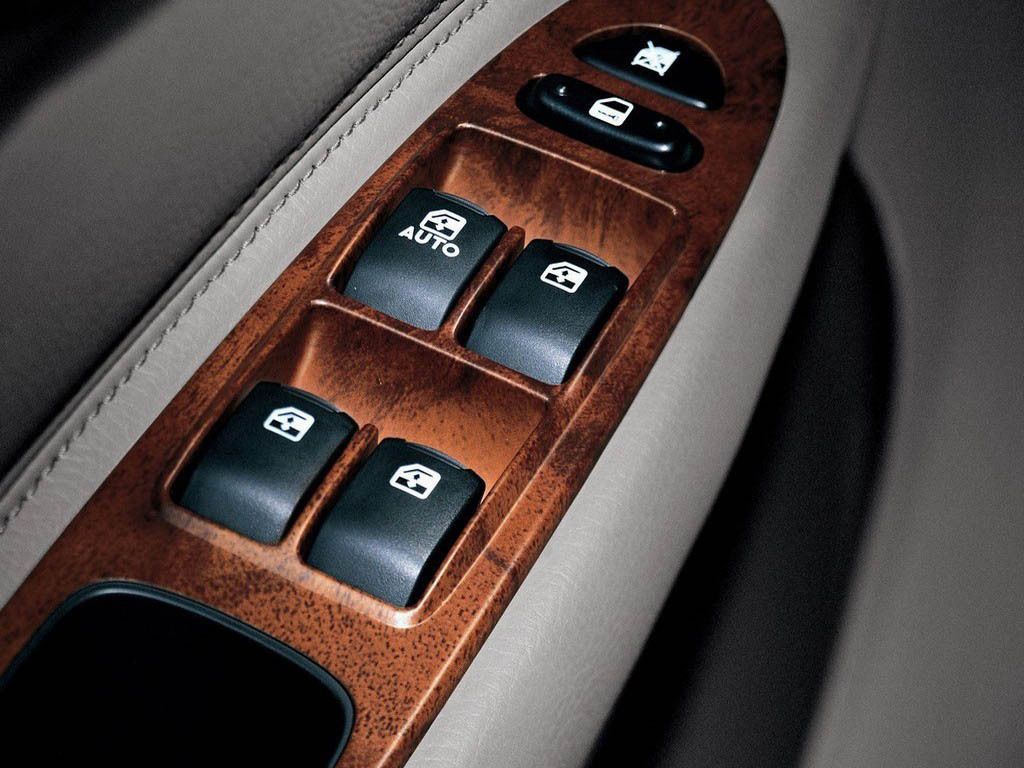
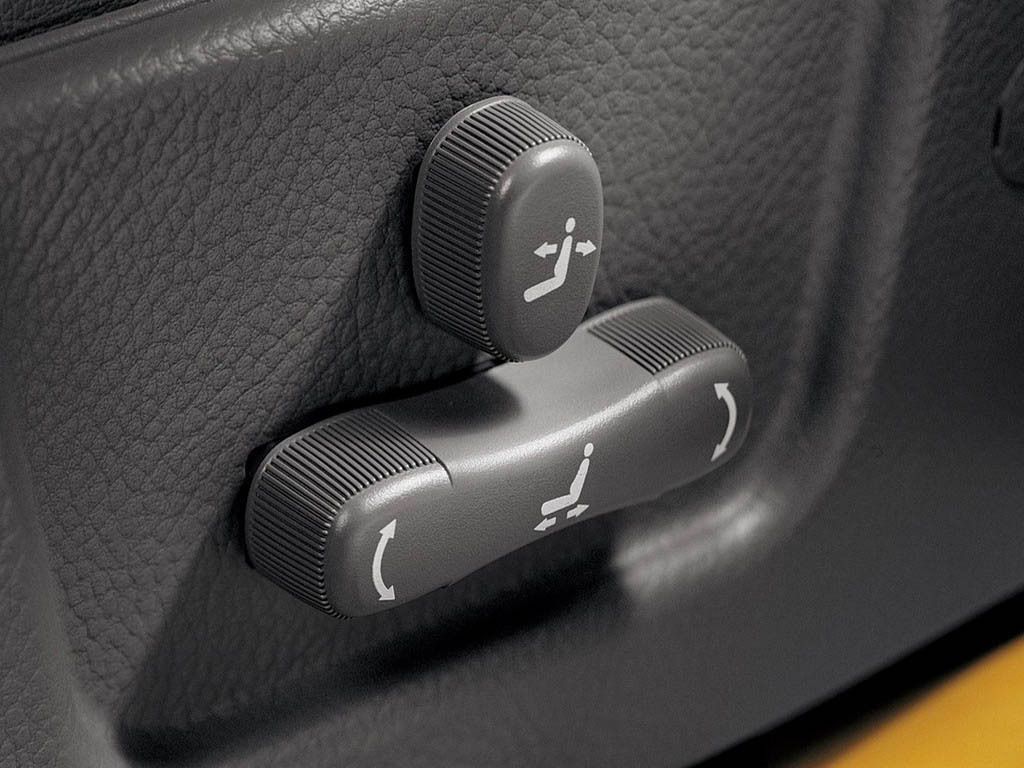
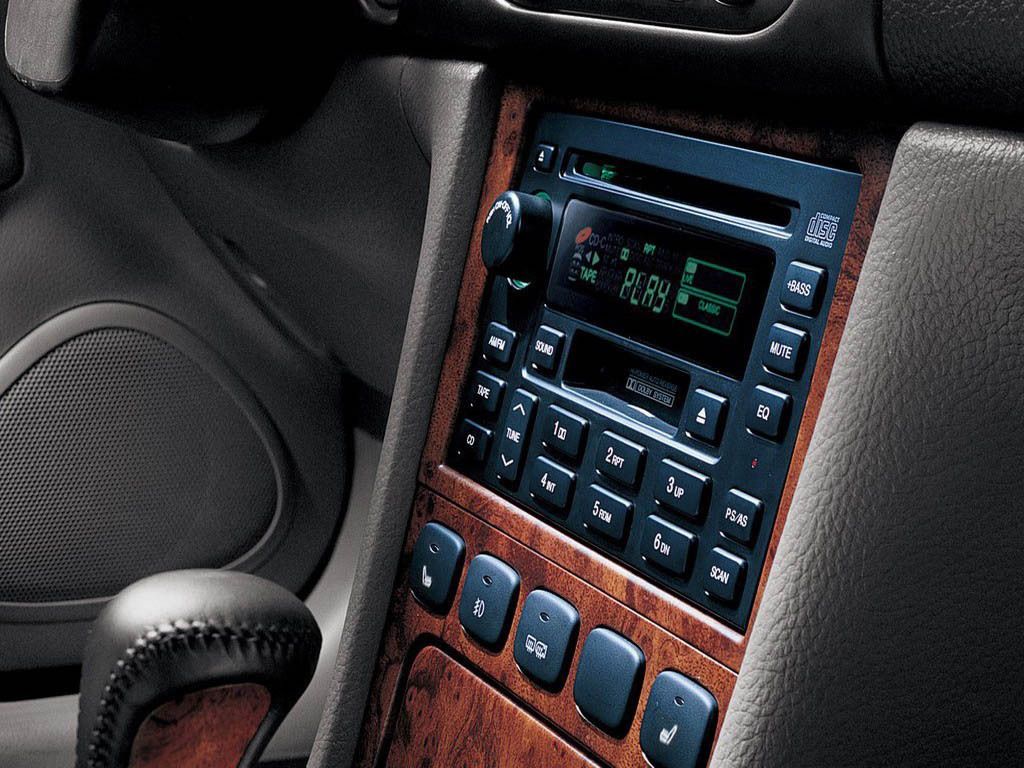
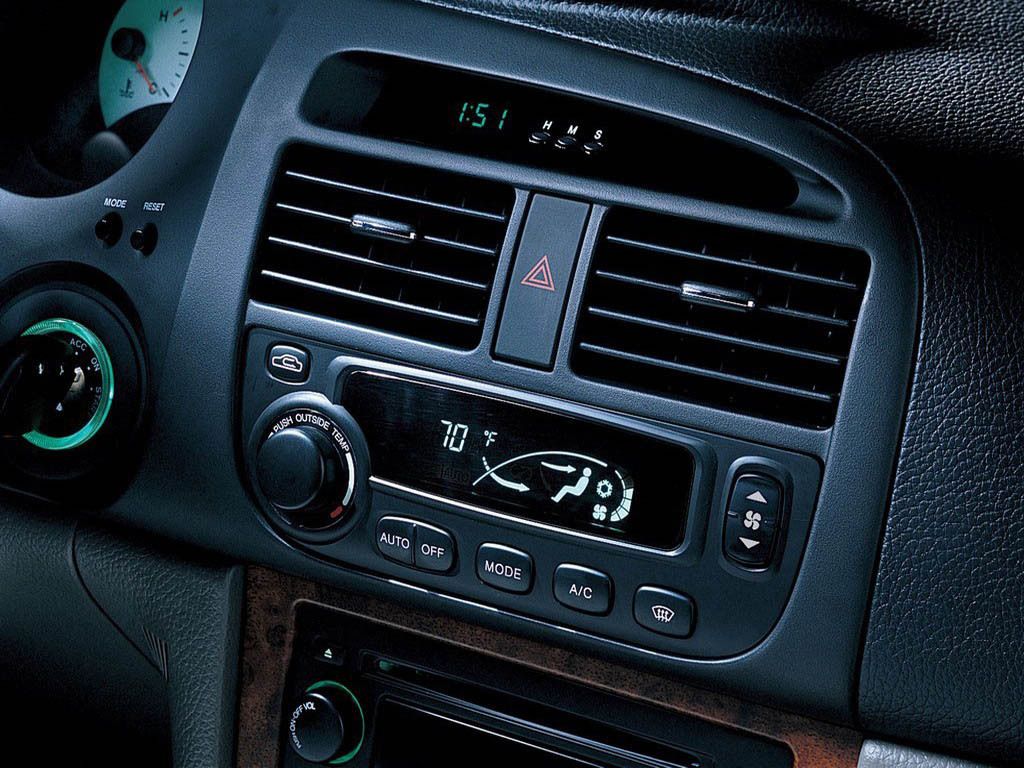
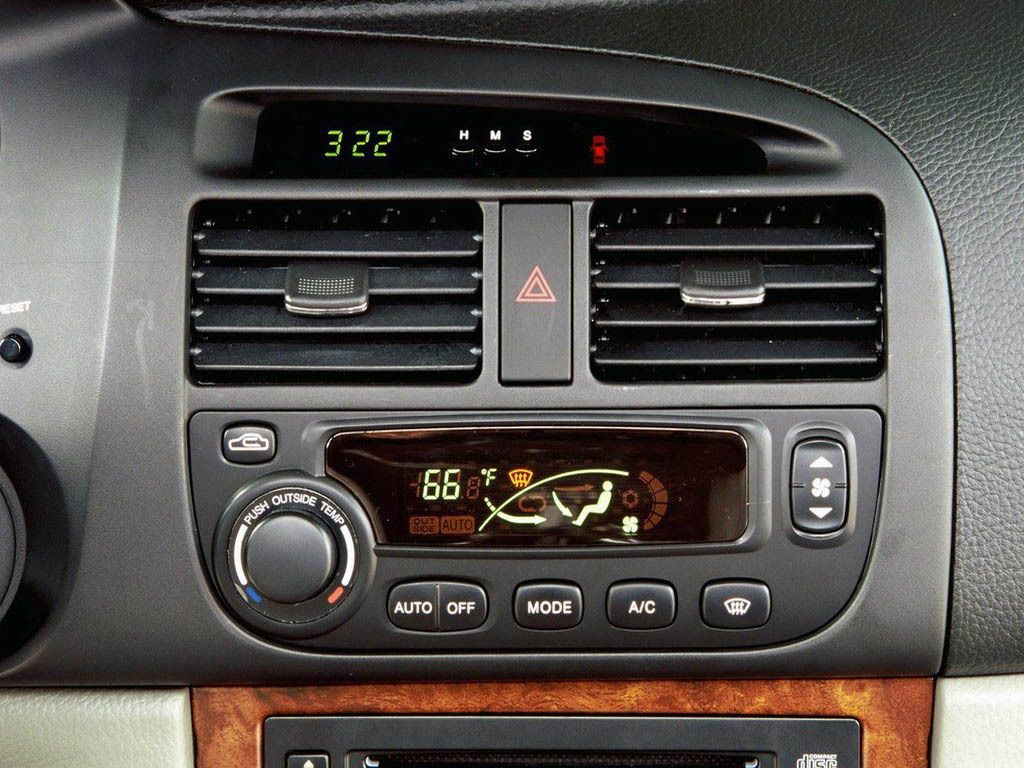
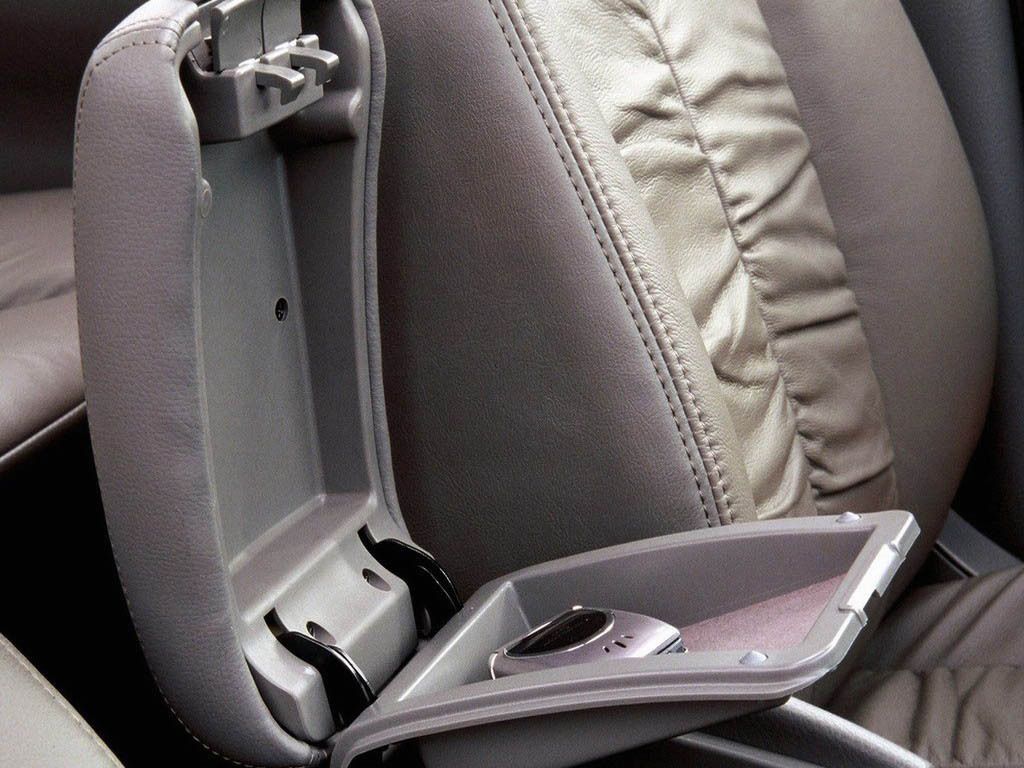
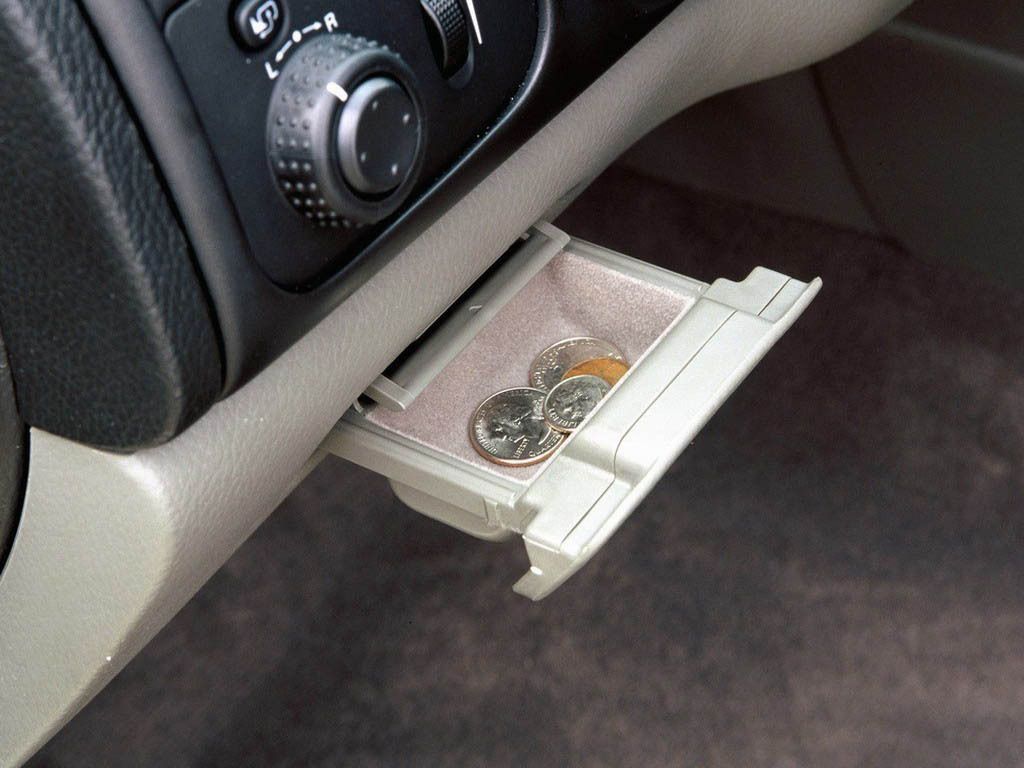
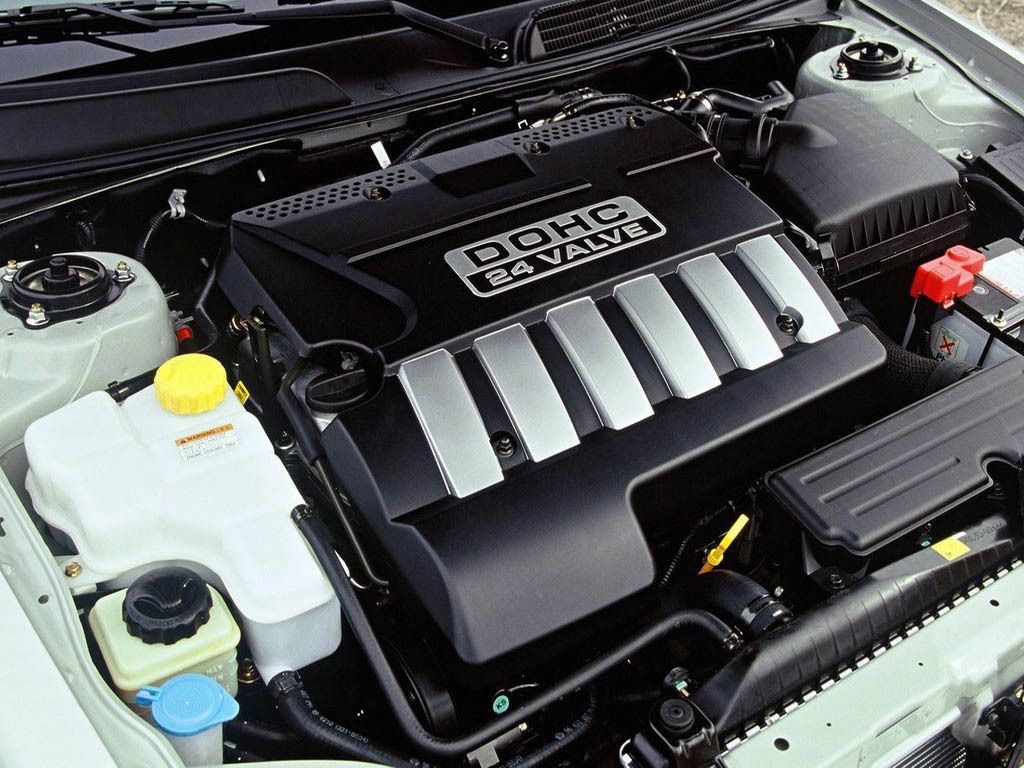

- Make: Array
- Model: 2004 Suzuki Verona
- Horsepower: 155@5800
- Torque: 4000
- Transmission: 4-Speed Automatic
2005 Toyota Camry Solara
































- Make: Array
- Model: 2005 Toyota Camry Solara
- Horsepower: 394@6400
- Torque: 4800
- Transmission: 6-Speed Sequential
- [do not use] Vehicle Model: Array
The Suzuki Verona takes more bending to access than an Accord or Camry, especially in the rear where headroom is non-existent for anyone over 6-feet. Once inside, however, you'll be stunned by the width. Elbow room is almost enough to compensate for a lack of side airbags. Here you can sprawl as you would in a Buick and get the same side support. Which is to say, almost none. Seat squabs are soft enough but seatbacks feel like padded plywood.
Not that the Verona isn't a comfortable sedan; it's just that you'll have to accept a few compromises. On the other hand, the instrument panel and cockpit design are admirably restrained; there's a touch of class here. Among the personal touches are an external power outlet and a rear seat armrest that when pulled down, offers twin cupholders plus a covered storage area. A 60/40 rear seat split means that the generously-deep trunk can be used to advantage, assuming you're flexible enough to reach through without bonking yourself on the lid. A full range of power assists is provided, including a 6-way power driver's seat; our tester also came with a sunroof. The air controls feature a peculiar set of graphics but one quickly adapts, though I'd have preferred the radio/CD to be on top.
On the Road
Forgive my somewhat vintage bias but I prefer inline sixes to Vee-aligned sixes. While admitting the latter group is more compact, inlines are smoother and deliver a mellower sound: just ask BMW. Therefore I like the Verona's 2.5 liter twin-cam engine and applaud the manner wherein it is mounted transversely, which is to say headlight-to-headlight rather than nose to tail; unusual for an inline six. This makes for a wider car to accommodate the engine and thereby the passengers. An output of 155 horses is less than some fours in this group but a torque rating of 177 lb.-ft. is class-leading and makes for decent performance, coming on with a push at around 3000 rpm.
The 4-speed automatic transmission has a gated shifter that's stiff and awkward to use, somewhat out of place in a car of this type. Steering turn-in is excellent for a family car; turn the wheel and you get an immediate response. With all-round independent suspension, roadholding is on a par with the competition, stable, safe, aided by disk brakes at all four corners. The Verona rides smoothly, noise supression is average, feel of the road good. Overall, a pleasing car to drive.

